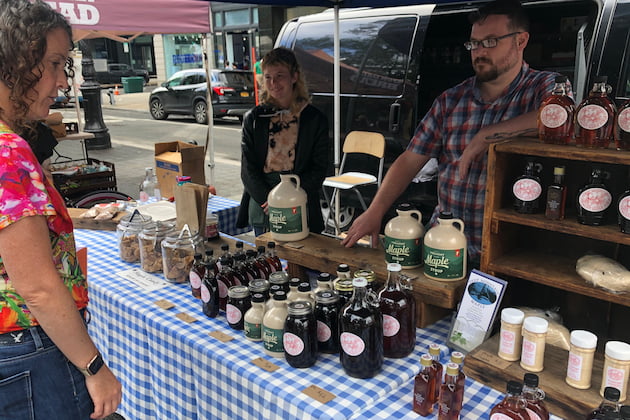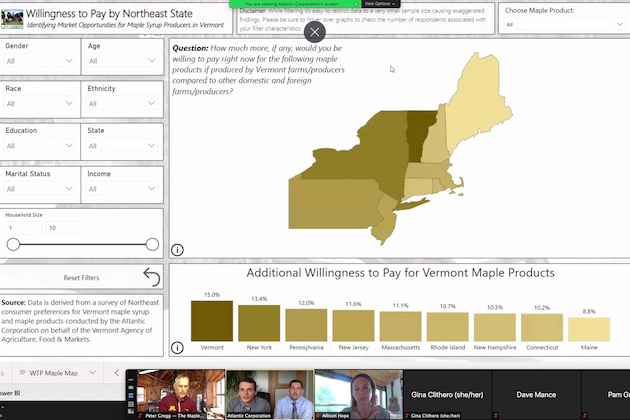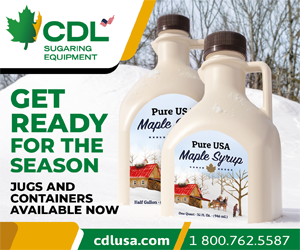Headlines
Consumers want to know what state their syrup is coming from, especially from Vermont
Comprehensive market study on consumer preferences released
By PETER GREGG | JULY 9, 2021
MONTPELIER, Vt.—Consumers are more like to buy maple if the state in which it was produced is identified on the label.
“Consumers really want to see the state branded on their product,” said researcher Matthew George of the Atlantic Corporation, a market research company hired by the Vermont agency of agriculture to study consumer preferences for maple and maple products.
More than 1,800 consumers were polled for their maple preferences in the Northeast-based study titled "Identifying Market Opportunities for Maple Syrup Producers in Vermont.”
More than 36 percent said the geographic origin of their syrup was “very important.”
The research focused on all aspects of maple marketing big and small and is available online at https://www.atlanticcorporation.com/vt-maple-dashboard
The study found that consumers average about $86 per year in maple spending, with a lot of variable on how that dollar was spent.
In Vermont, consumers spent most of their maple dollar on syrup, where in New York only 21 percent of a maple budget was spent on syrup. There, the rest was on meats, baked goods and confections.
The survey also tracked the appeal of containers. Far and away, glass was the preferred choice with 40 percent saying they preferred glass. Only 23.2 percent liked tan plastic.
The most favored size was pints, with 40 percent saying that was the preferred package size, followed by quarts at 28 percent.
“For a producer that is powerful data,” George said, during a webinar last month unveiling the results.
Consumers in Vermont were far and away using syrup to put on pancakes, with 88 percent of respondents saying that’s how they used their syrup. That number was even higher in New Hampshire, with 92.4 percent saying they were covering stacks of flapjacks, waffles and oatmeal with maple.
Meanwhile, maple water seems to be struggling to find a foothold in the market, at least according to the data, with only 2.68 percent saying they were spending their maple budget on maple waters.
As for maple grades, surprisingly Amber rich edged out Dark robust, but only by a hair. On a scale of 1 to 7, the average consumer ranked the medium grade at a 5.33 where the dark was a 5.30.
Not surprisingly, fall and winter were the big months to purchase maple products. But still, 17.35 percent of responders said they were purchasing syrup in the summer.


































